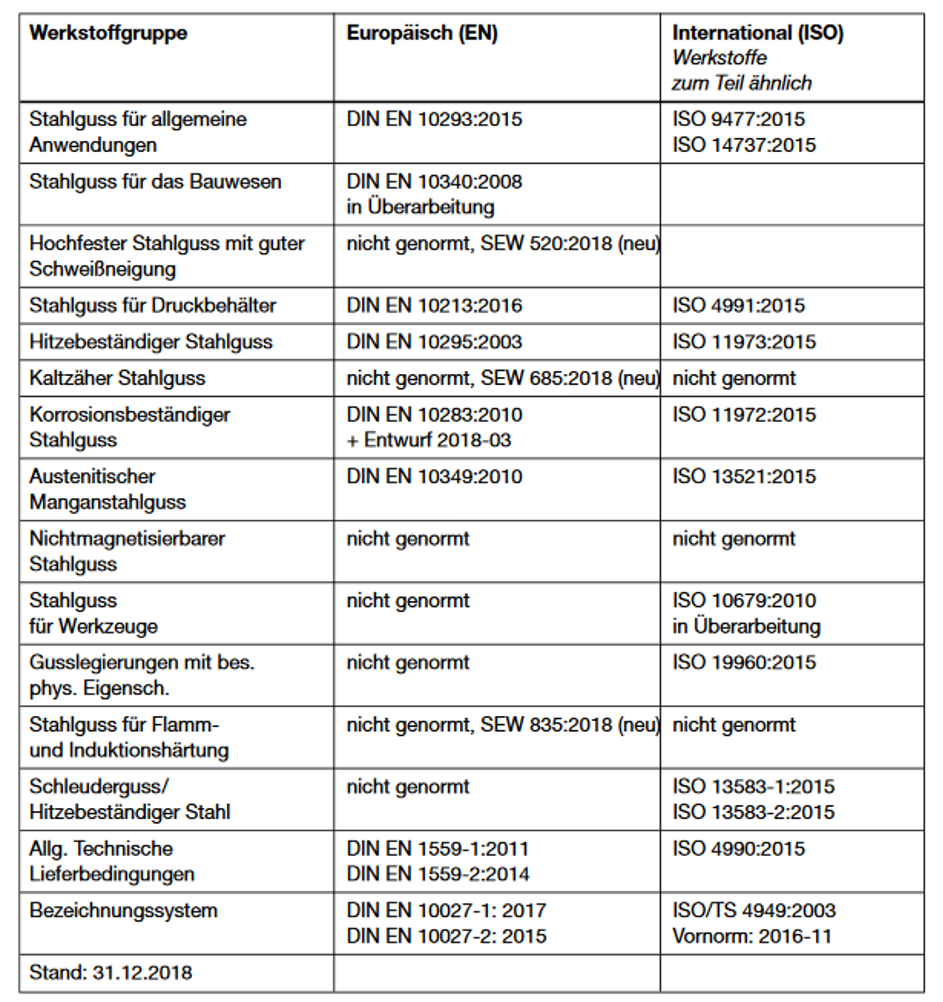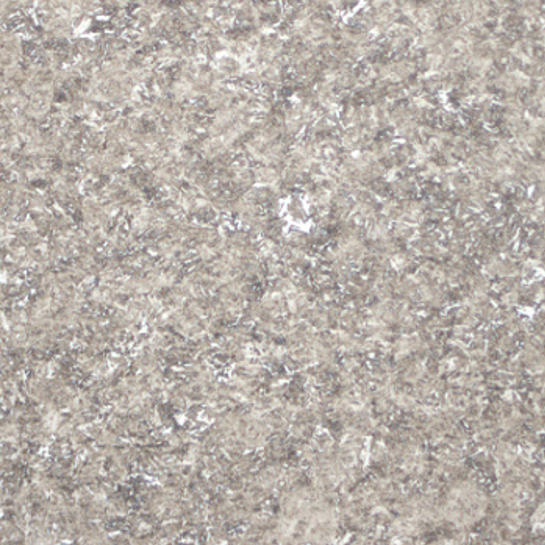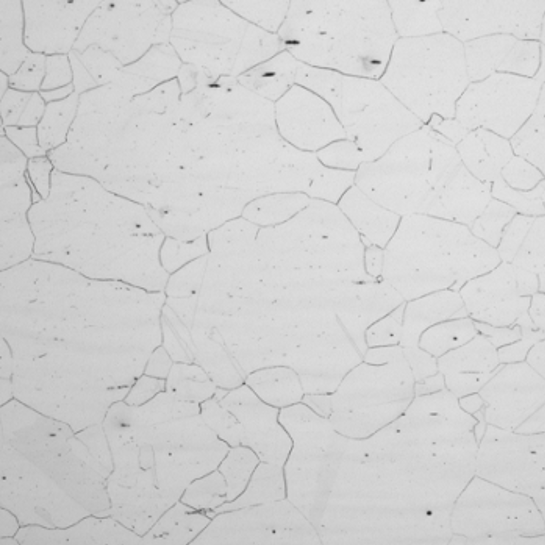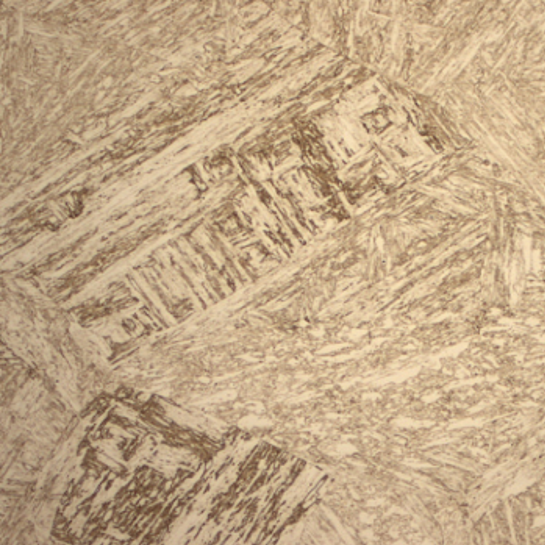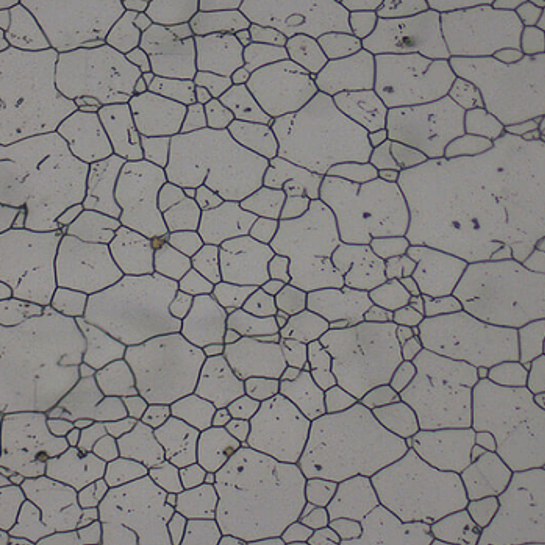Cast steel
Castings in which molten steel was poured into sand molds. In the broadest sense, continuous casting is one of them. Other molding processes are croning process (croning shell mold), investment casting process, ceramcast process and lost foam steelcasting.
Due to the low carbon content in the respective types of cast steel, furnaces with high energy consumption are required to melt cast steel. Electric furnaces, i.e. the electric arc furnace (EAF) and induction furnaces, are therefore used in principle.
The electric arc furnace is used when intensive metallurgical work (refining ) is necessary in the melting process. A distinction is made here between the single slagging process and the double slagging process.
The induction crucible furnace is ideal for remelting, although it can also be refined to some extent. This is usually done by adding oxygen carriers to unalloyed or low-alloy steels.
It is also common to combine different melting processes, e.g. electric arc furnace for the unalloyed basic melt and induction furnace for alloyed melts.
Like steel, steelcasting materials are formed according to the rules of the designation system of the European standard DIN EN 10 027 part 1 (short name) or by DIN EN 10 027 part 2 (material numbers)), with their short name preceded by the letter G. The short names consist of a sequence of letters and numbers, which are strung together without spaces, but if necessary, separated by a hyphen. They can be divided into short names according to their use and properties, and short names according to their chemical composition.
Table 1 provides an overview of the currently standardized and non-standardized cast steel grades.
Cast steel grades are generally classified according to their intended use (properties) and their structure in a usable state (e.g. after heat treatment). Selected cast steel materials include:
Cast steel for general purposes
These cast steel grades include the unalloyed and low-alloy grades that are characterized by their mechanical properties at room temperature, and the low-alloy grades that have increased toughness and improved weldability with the same strength properties (DIN EN 10293).
Cast steel for general use (Fig.1) is mainly used in the temperature range between -10 and 300 ° C for components that are exposed to medium dynamic and shock-like loads.
Tempered cast steel
Low-alloy steel grades in tempered condition are referred to as tempered steel castings (Fig. 2). It is used at temperatures up to around 300 ° C. The yield strength for this tough material serves as the basis for the calculation in constructions.
The casting wall thickness has a major influence on the temperability of a material, since a minimum cooling rate is also required for the core zone. In the case of unalloyed steel castings, the limit of through-hardening is a wall thickness of approximately 20 mm. Appropriate alloying elements shift this limit to larger wall thicknesses. However, it must be taken into account that the achievable strength values sometimes decrease somewhat with increasing wall thickness, which is why the mechanical properties of tempered steel castings for different wall thicknesses are specified in standards.
Cast steel resistant to elevated temperatures
Unalloyed and alloyed cast steel grades that retain their characteristic material properties in the high-temperature range under long-term stress are considered to be resistant to elevated temperatures. In addition, fatigue at a low number of cycles (LCF) is an important material parameter for components that are subject to high thermal loads, such as gas turbines.
The properties of the resistant to elevated temperature materials are standardized in DIN EN 10213. The standard also contains information on heat treatment (tempering), long-term strength (1% proof stress limit and creep strength) depending on the temperature and the duration of the stress.
Heat-resistantcast steel
Cast steel is considered to be heat-resistant if it has a particularly high resistance to the scaling effect of gases above 600 ° C. These materials are recorded in DIN EN 10295 (Fig. 3).
The heat-resistant materials can be divided into the groups of ferritic and austenitic cast steel grades as well as nickel and cobalt-based alloys. It should be emphasized as a special feature for all groups that most of these materials have clear carbide inclusions in the structure, which are an important criterion for their good creep resistance.
The oxidation resistance that is primarily required for general use is achieved by the alloying elements silicon and chromium nickel.
Cast stainless steel
Cast steel is considered rustproof if it has a special resistance to chemical stress. The resistance is when the respective steel has a chromium content of at least 10.5% that is matched to the carbon content. Stainless steel grades (Fig. 4) are standardized in DIN EN 10213 and DIN EN10283 ("Corrosion-resistant cast steel"). The individual grades are subdivided into martensitic, ferritic-carbide, ferritic-austenitic and austenitic cast steel according to the structure.
Low-temperature cast steel
Low-temperature cast steel grades are those that have good toughness properties with sufficiently high tensile strength even at lower temperatures below -10 ° C. A characteristic of sufficiently good ductile values is a minimum notched impact energy (ISO-V sample) of 27 J. The lowest application temperature is between -45 and -253 ° C, depending on the type of cast steel. DIN EN 10216-3 contains more information.
Austenitic cast steel
A feature of this group of materials (Fig. 5) is a delta ferrite content that is specifically set via the chromium-nickel ratio, which is usually 5 to 20%.
This allows the relatively low yield strength of austenitic cast steel to be raised. The yield strength can, however, just as well be raised by increasing the nitrogen content.
The chromium content in all alloy variants of this cast steel is approx. 19%. We also alloyed 2 to 3% molybdenum to improve corrosion resistance.
The nickel content is about 10%. To improve the corrosion properties, the carbon content can be limited to a maximum of 0.03%.
